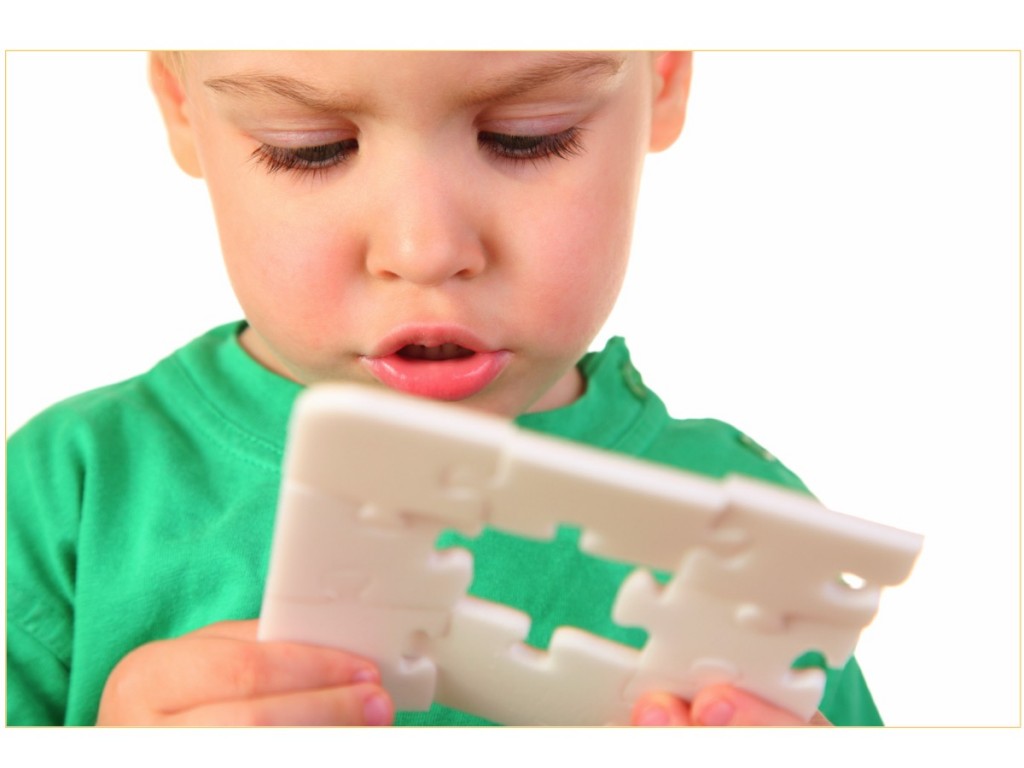
Babies are not born with an adult-like understanding of other people’s minds. Understanding the emotions, desires and intentions of other people is a gradual process. This process has been referred to as the “puzzle of other minds”. This is because we can’t actually see what thoughts and feelings are occurring inside another person’s head.
With experience, children begin to make sense of this puzzle. They learn to detect and predict different emotions based on other people’s facial expressions and actions. For example, when the corners of a person’s mouth turn up, we sense happiness and have a good idea what the other person is feeling. And when the corners of a person’s mouth turn down, we sense sadness. We can predict that the person’s actions will be different from what they would be after a smile. Even subtle changes in our eyes, brows and mouth can determine how we interpret a facial expression. Emotions can also be expressed through language. As children’s language develops, they can understand and use words to describe how they and other people feel.
As Arjun observes the actions and language of other people in his environment, how does his developing brain interpret the emotions that underlie their behaviors? Think about specific cues a young child might use to understand other people’s emotions. What are some social cues that help us determine what someone else is trying to communicate?
-
- Dyadic interaction
- a back-and-forth exchange between caregiver and child
- Self-regulation
- the ability to control our behaviors, emotions, and impulses
- Social emotional development
- learning to express and manage emotions and form positive relationships
- Social referencing
- looking to an adult for emotional information in an uncertain situation
- Triadic interaction
- a back-and-forth exchange between caregiver, child, and object